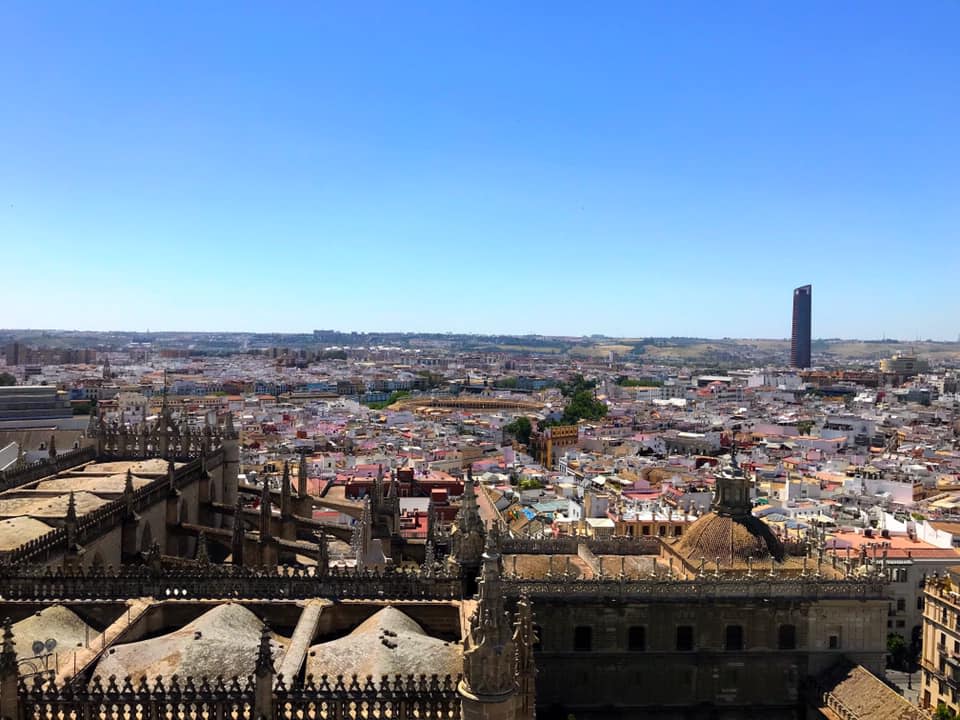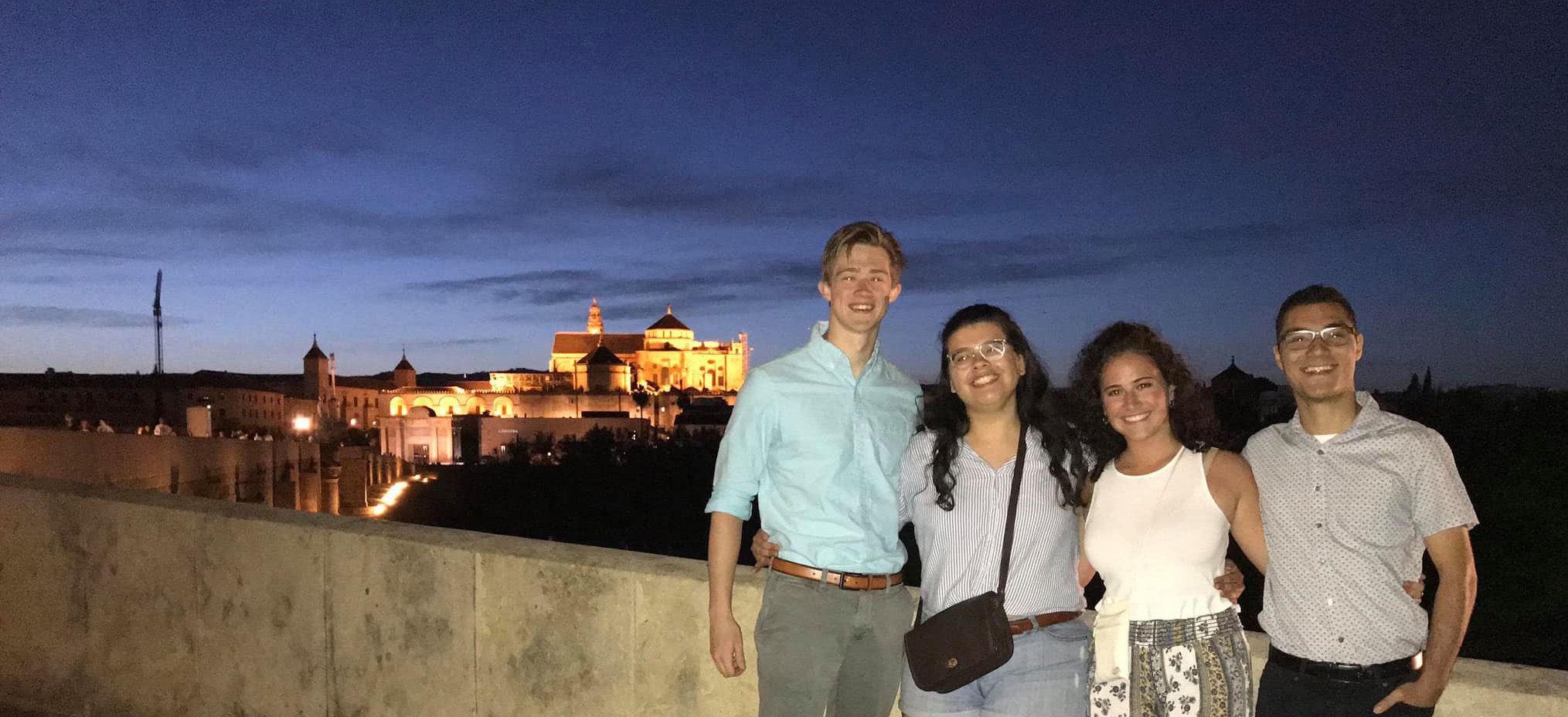Cultural Influences in Spain
Students explore how three religions helped shape Spanish culture

Most students study foreign languages and details about various countries in the confines of books, photos, and maybe some videos. Now, more students at Oxford are studying about particular countries by visiting them after taking a course on campus.
“I truly believe that experiential learning is the best way to make connections and understand what you have covered in class,” says Maria Davis, a senior lecturer in Spanish who created a travel course for her class.
“My students not only were able to observe live what they have read and discussed in class, but they were also able to experience the use of the language and learn cultural habits of the country they were visiting.”
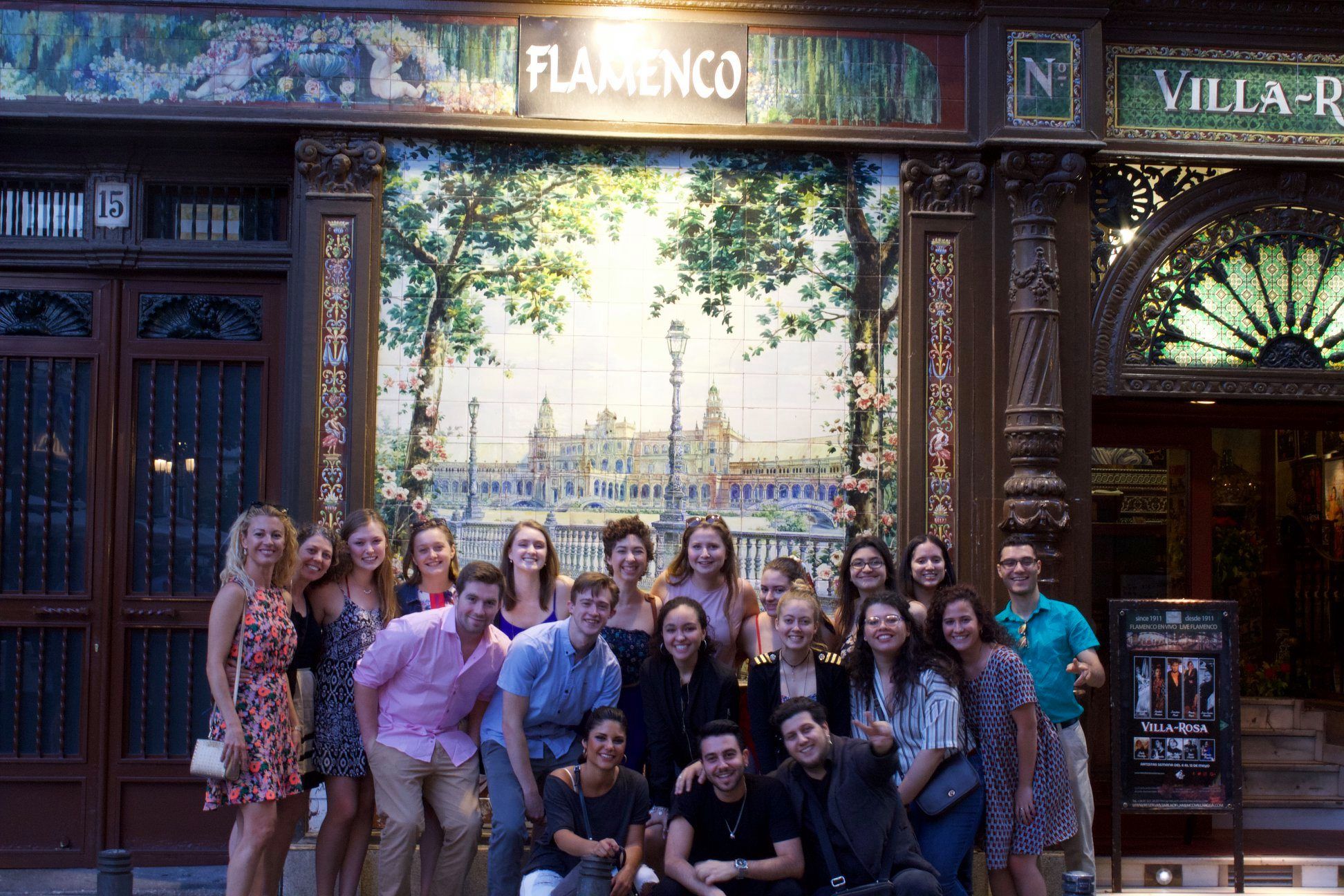
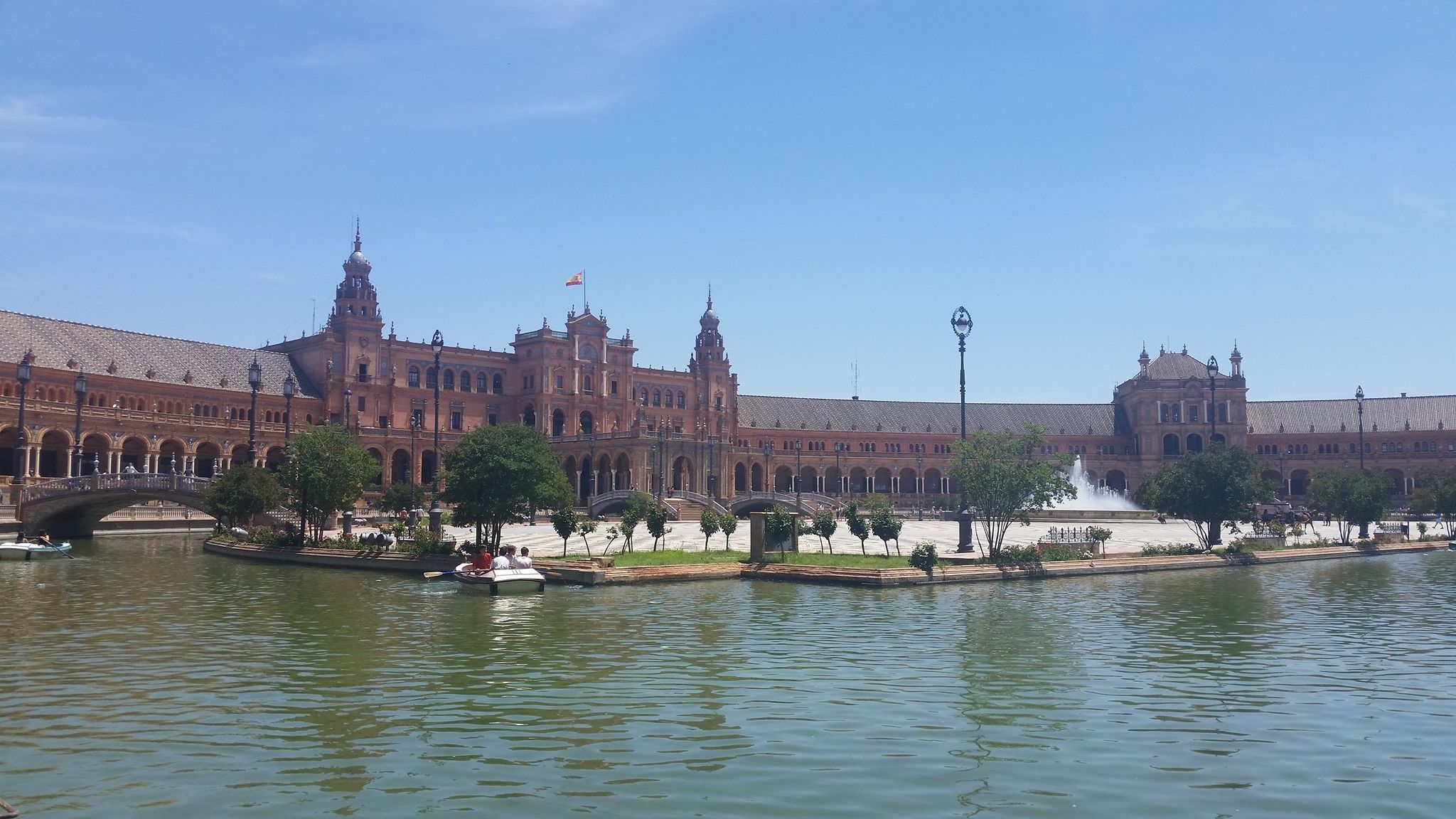
While at Oxford this past semester, students in Davis’ Spanish 300Q class studied historical, geographical, religious, and aesthetic backgrounds of Spanish culture through reading, writing, and oral presentations.
The class “La España de las tres culturas” — “the Spain of three cultures” — had students read a book and several articles on the influence of Islam, Judaism, and Catholicism in class. After daily discussions, the 15 students had oral presentations in Spanish on specific topics covered in class. They also completed a research paper on a topic of their choice making interdisciplinary connections after taking the trip to Spain this past summer.
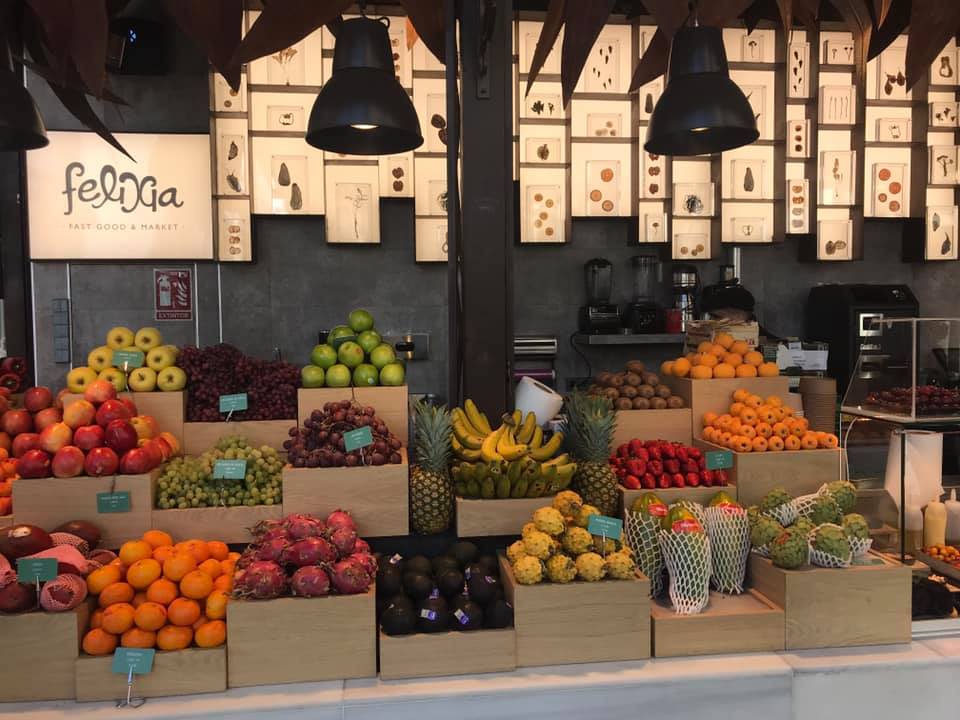
“The students are able to observe first-hand the influence of the three religions in Spanish art, history, and culture.”
— Maria Davis, senior lecturer in Spanish
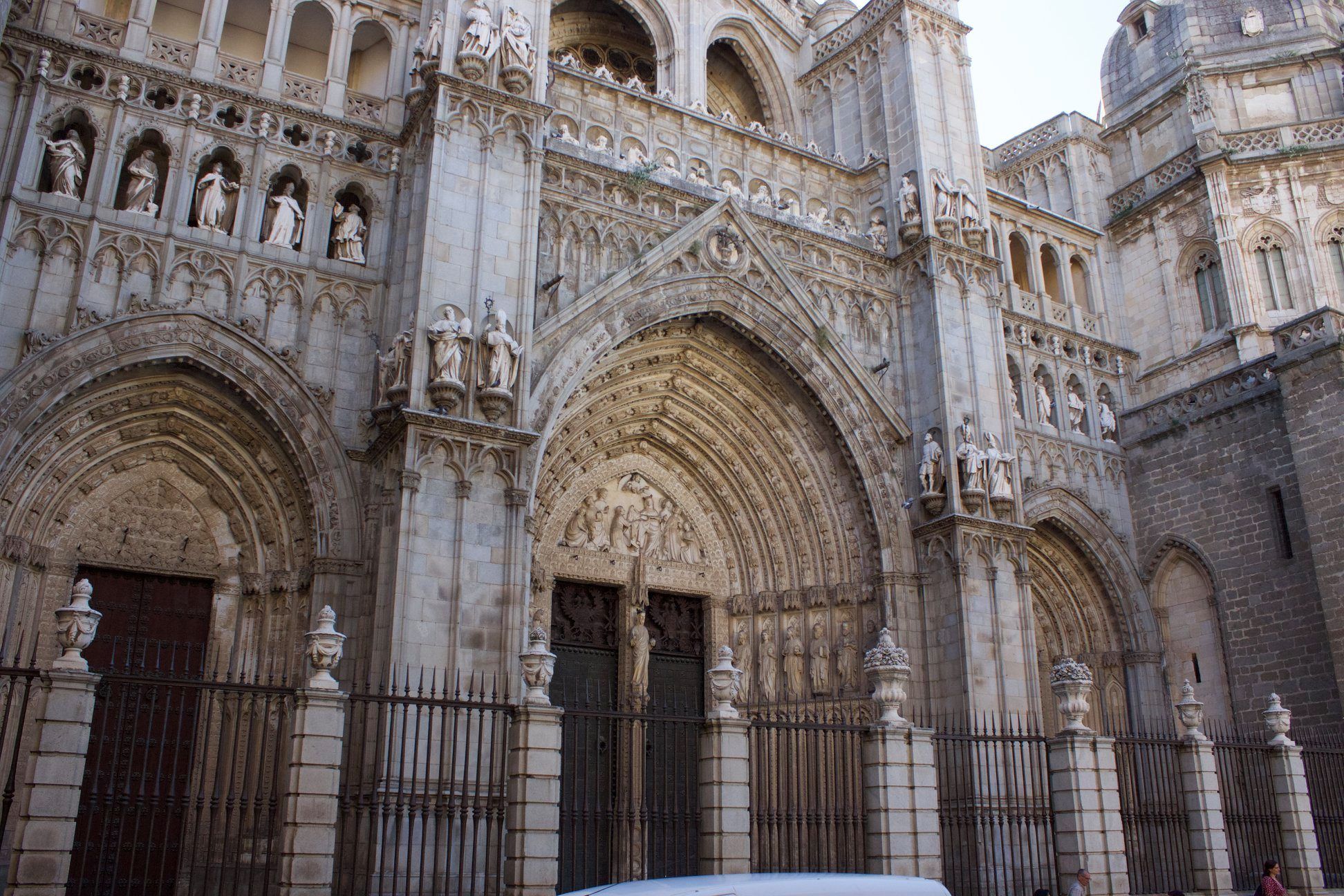
“They study the artistic and historical aspects of the trip before they travel and then we meet on several occasions during the trip to discuss the connections students are making between what they learned in class and what they are experiencing in their trip,” Davis says.
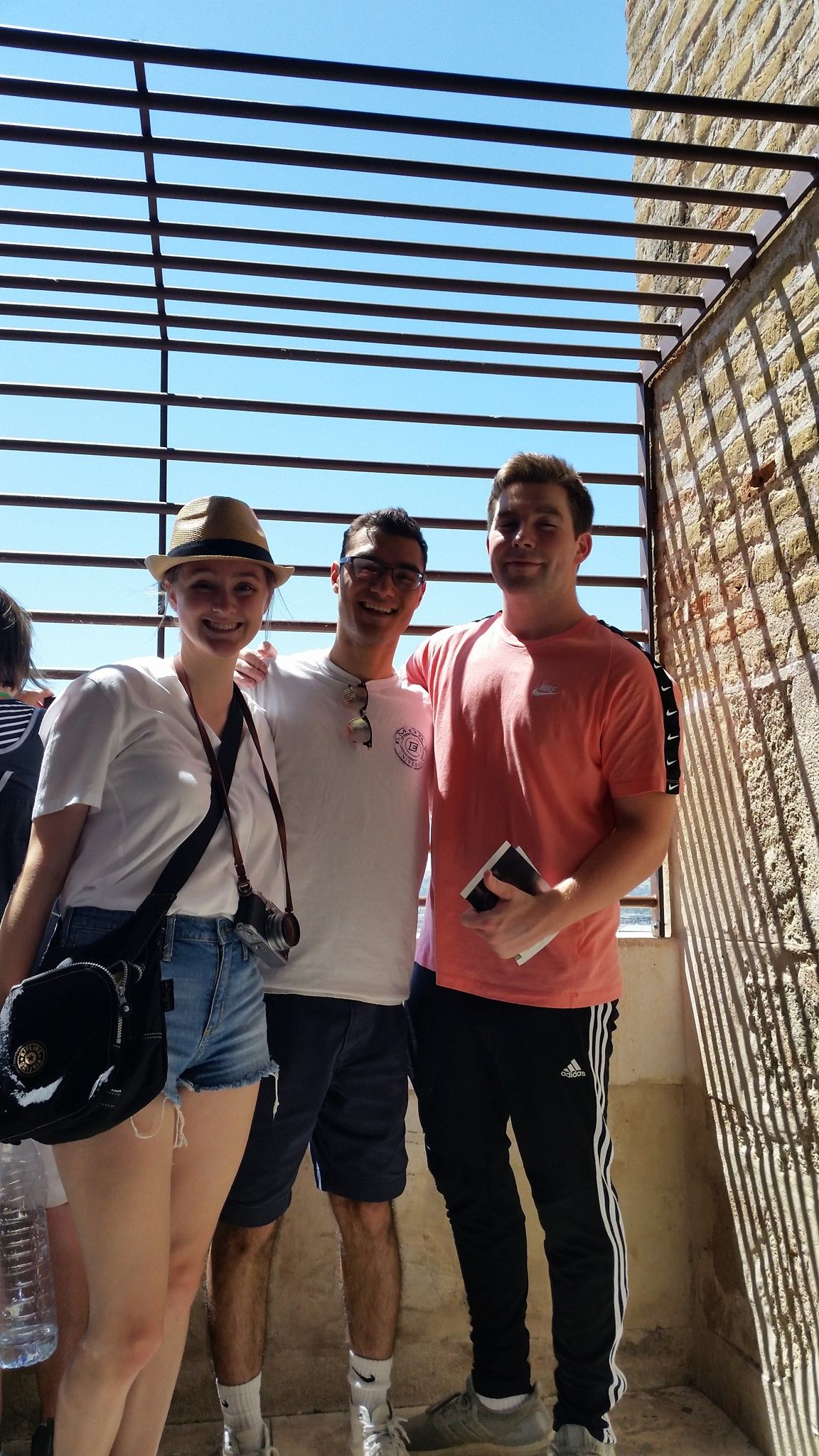
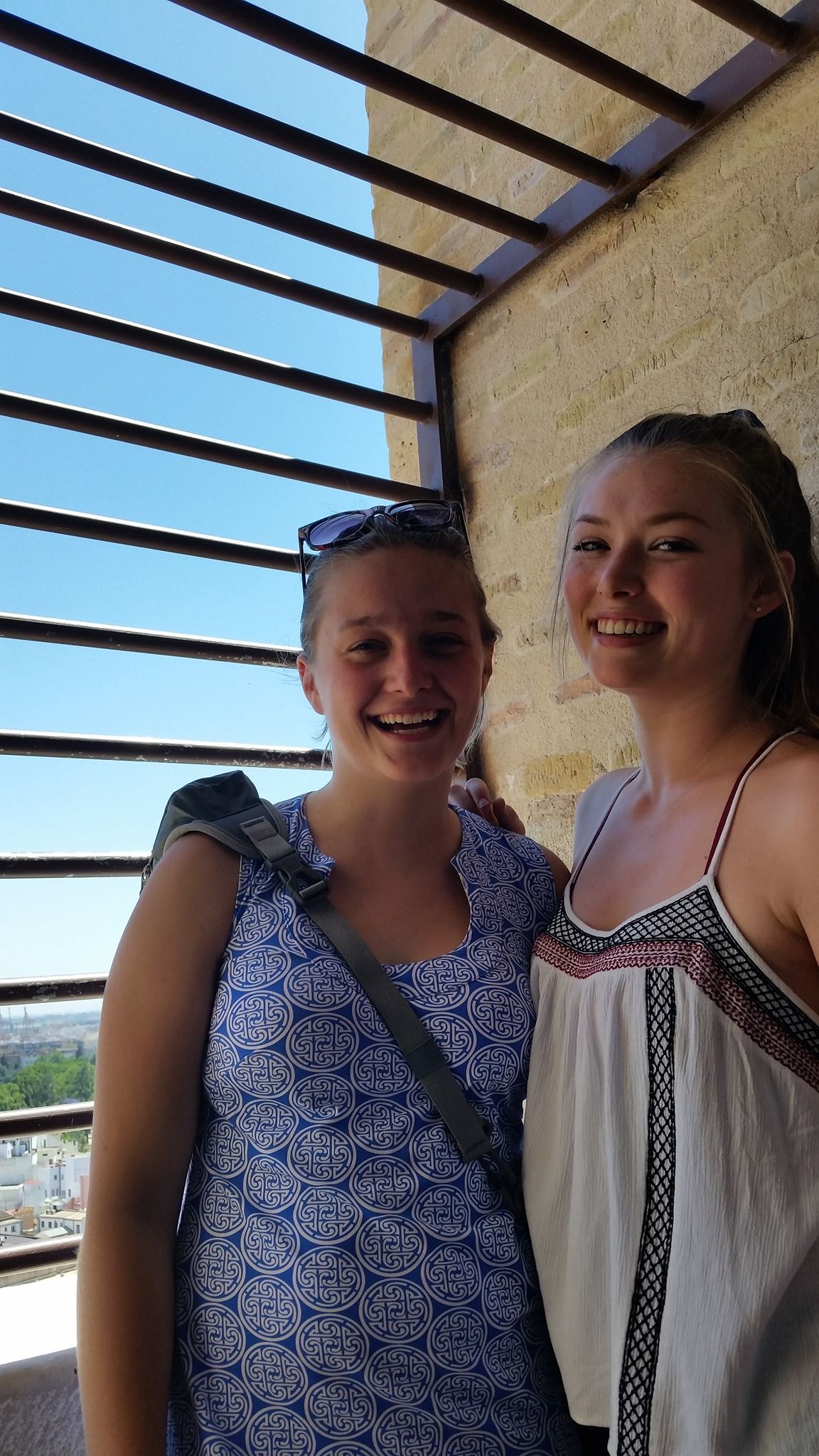

Students also created a travel blog where they posted pictures and videos with their impressions on what they observed on the trip.
“The trip was nothing like I expected,” recalls Emeline Ruvinskiy, an Oxford continuee and junior from Atlanta majoring in business information systems and Spanish.
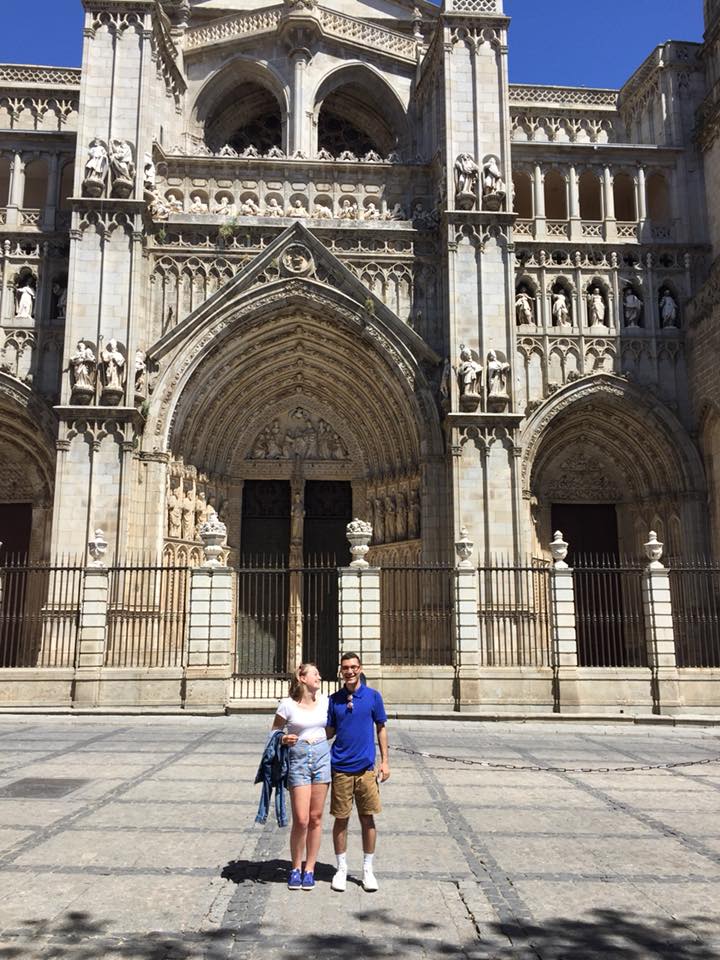
“When you see it in real life, it's so different. Even pictures you take can't do it justice.”

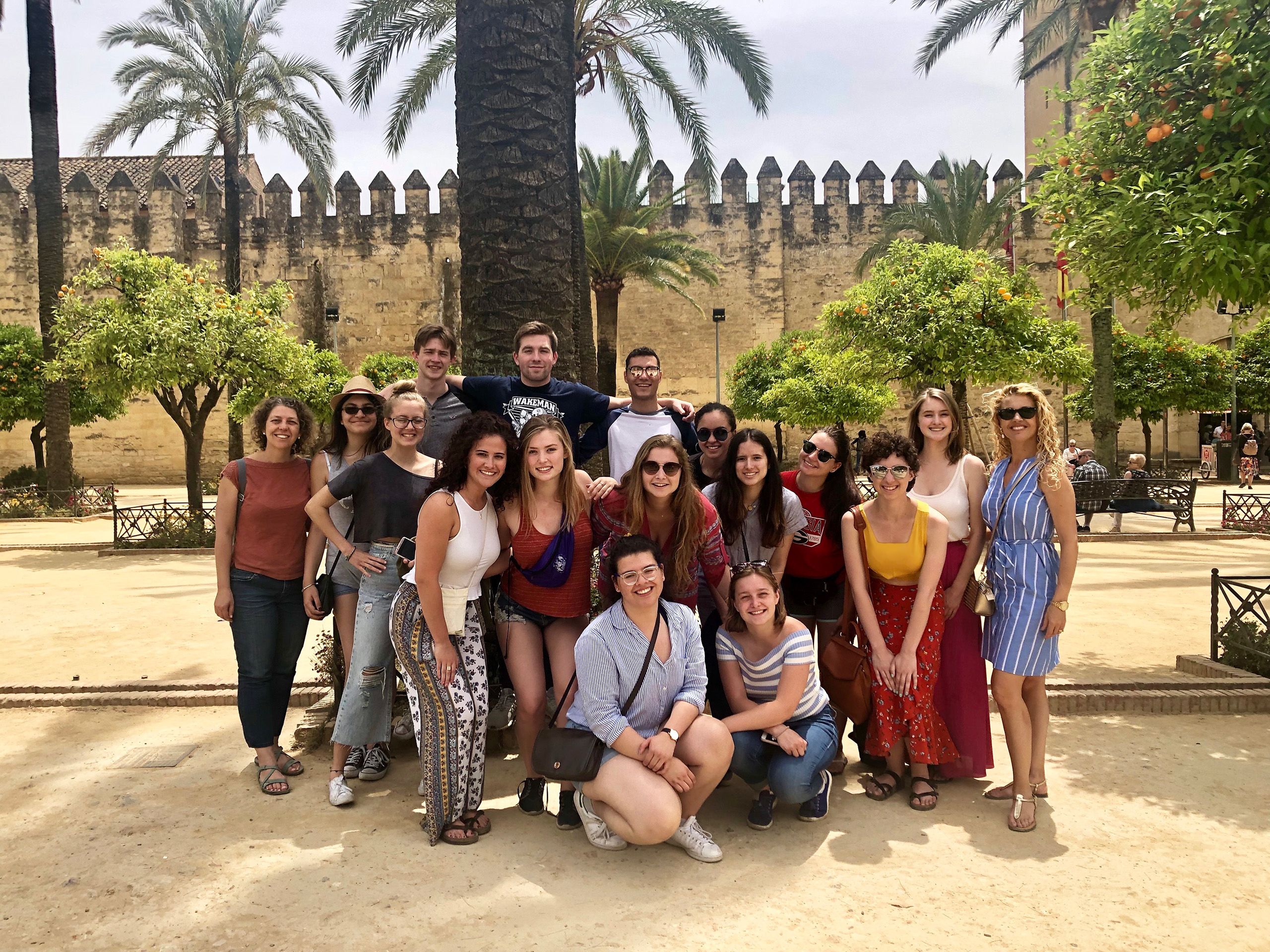
On the trip, students heard lectures from researchers and met university staff. They toured places such as the Prado Museum in Madrid and the Iglesia de Santo Tomé (a church) in Toledo. They also visited the Seville Cathedral and Alcázar de los Reyes Cristianos in Córdoba, among other historical sites.
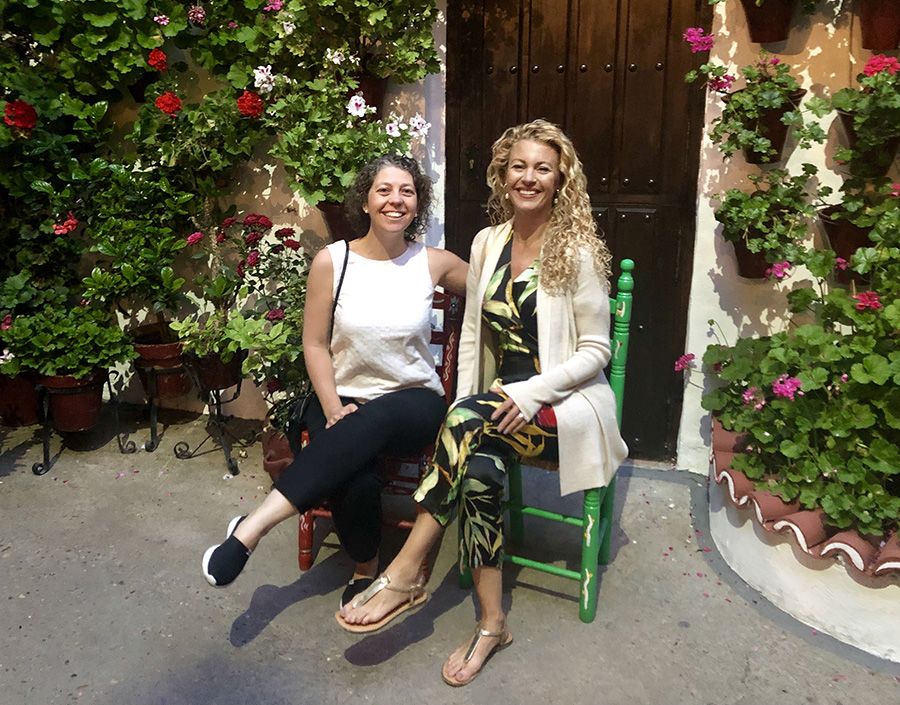
“I loved how well students adjusted to Spain and how excited they were about being in a new country,” notes Cristina Tarazona, a lecturer in Spanish at Oxford who accompanied the students on the trip with Davis. “I also enjoyed hearing them talk about how the historical and cultural topics they had learned in class related to their experience in Spain.”
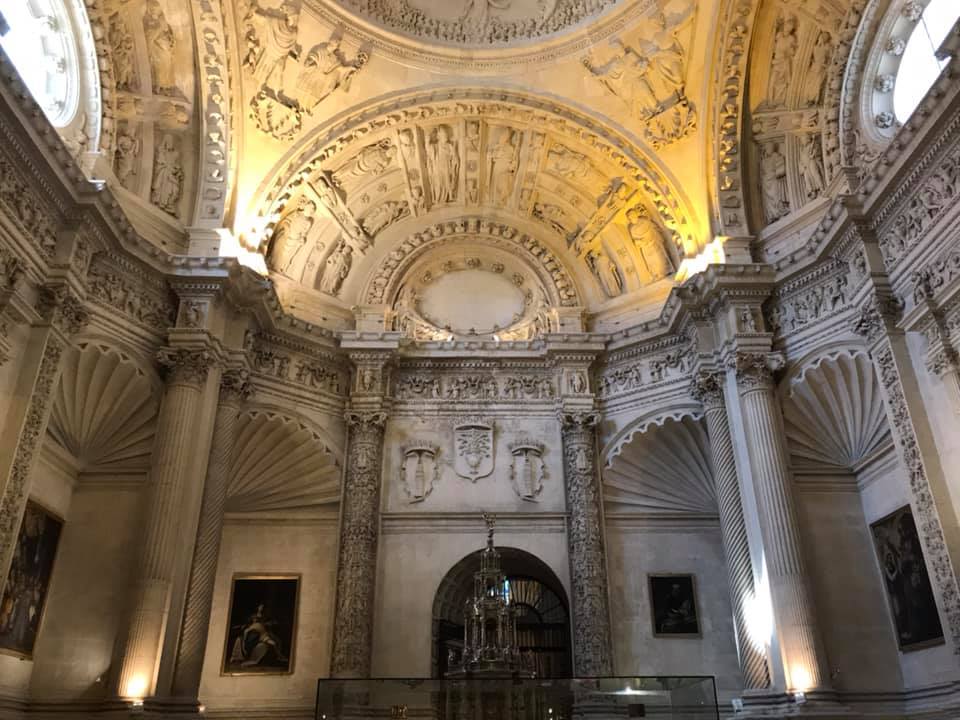
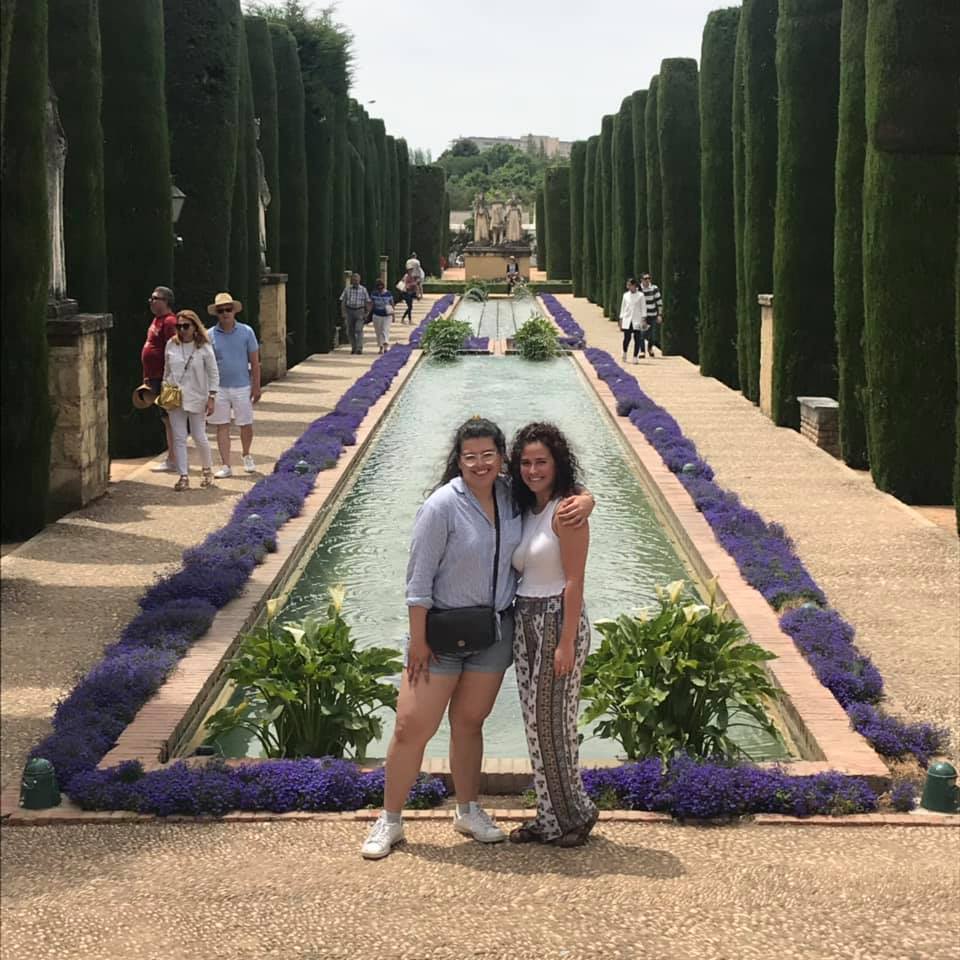
“As we walked through Toledo I realized that it was the perfect example of the three cultures that live together in one place.”
— Chris Uribe from his student online journal
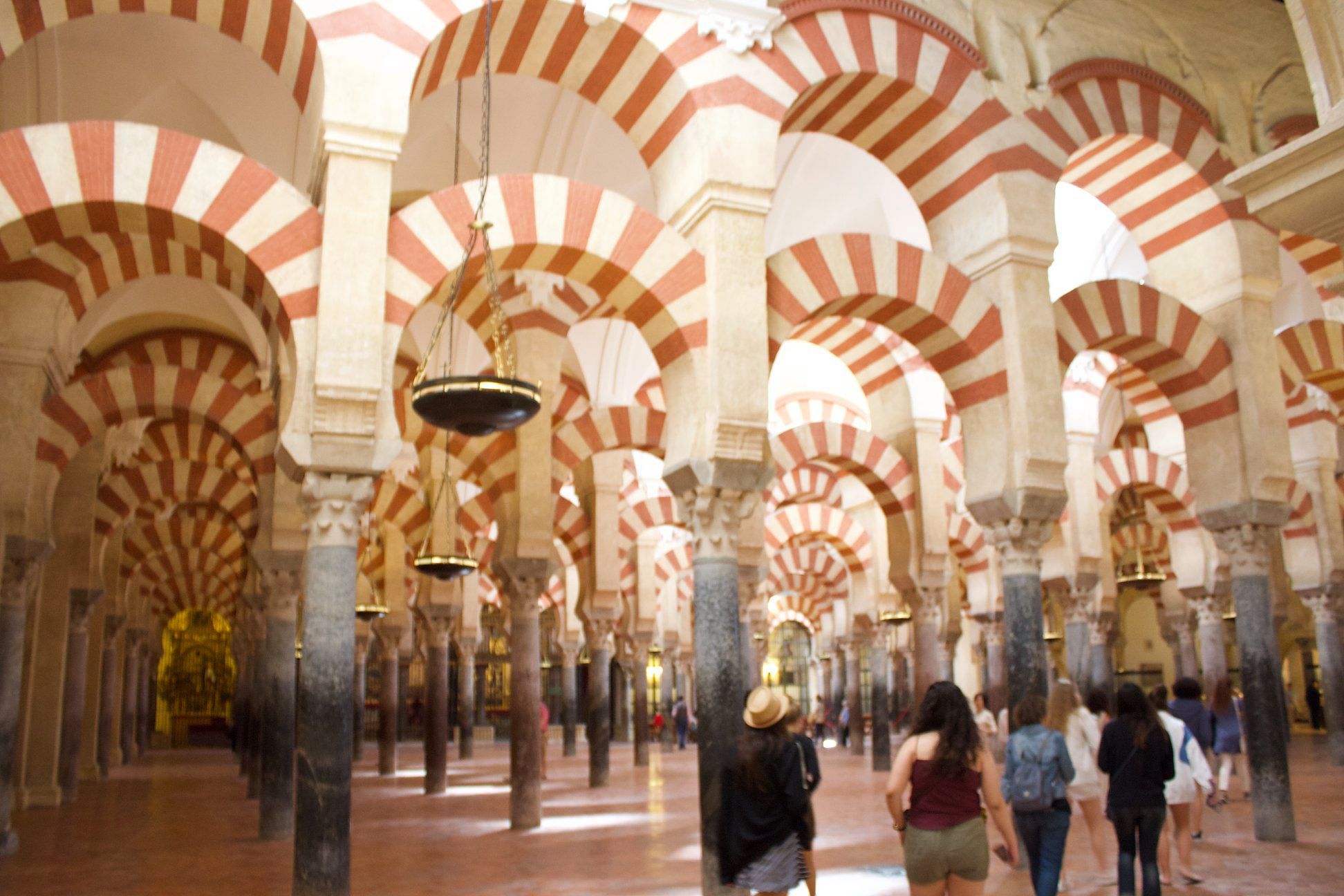
Tarazona had some of the students on the trip in her Spanish 212 class last fall. She was delighted with how the students respected and welcomed the Spanish culture.
“I hope students use their knowledge and enthusiasm to keep learning about the world and help make it a more tolerant place to live. Trips like this one help people connect with other people and cultures and put themselves in the shoes of others. Understanding differences and recognizing commonalities, I believe, is a fundamental step towards fostering peace and tolerance in the world."
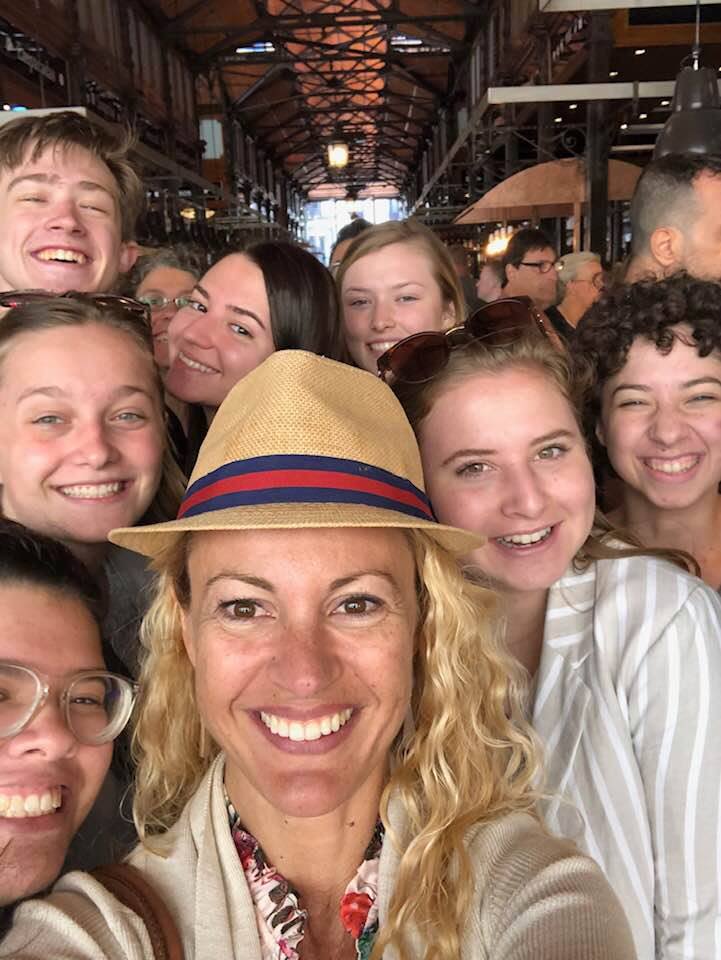
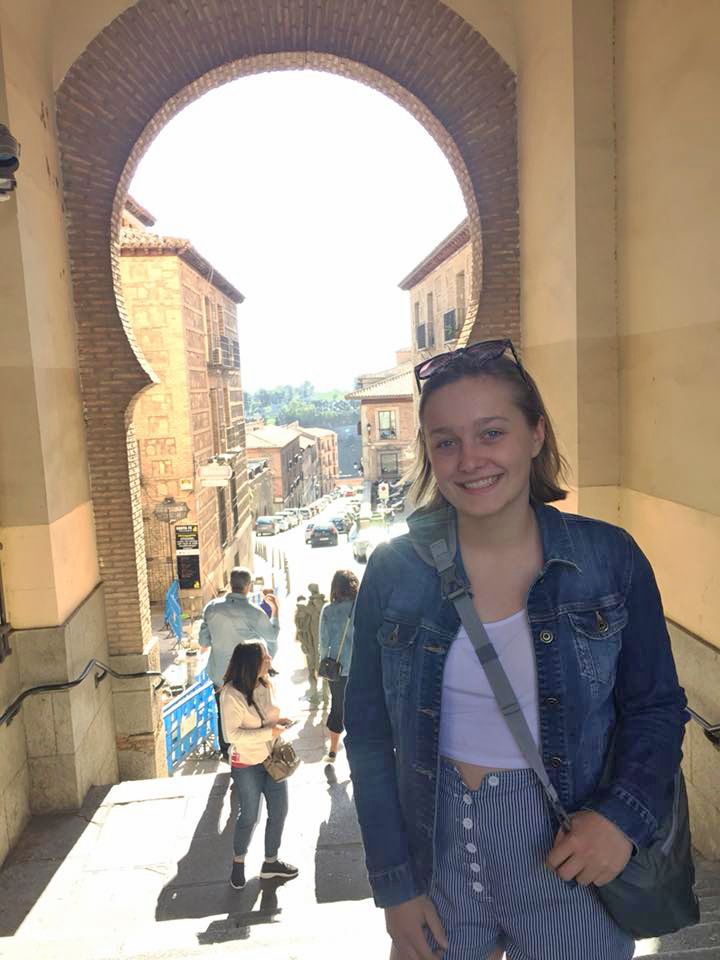
The group stayed in hostels and hotels, took train and bus trips across Spain to visit cities like Toledo and Sevilla, and participated in traditional Spanish dinners. They also had some free time to explore cities and grab a meal on their own or with each other.
“Prior to this trip, I had never left the United States, the furthest I had traveled was to California,” says Kyle Kairys, a second-year student from Rockaway, N.J., studying chemistry with a minor in Spanish and math.
“The thing I enjoyed most about the trip to Spain was being able to experience and live such a unique and amazing culture."
“The intricacies of Spanish culture differed from what I am accustomed to as an American in things such as the food, daily routine, the language, and walking so much,” he adds.
Kairys especially enjoyed Spanish music and being able to communicate with locals in their native language. In Madrid, students even enjoyed a traditional flamenco show at dinner.
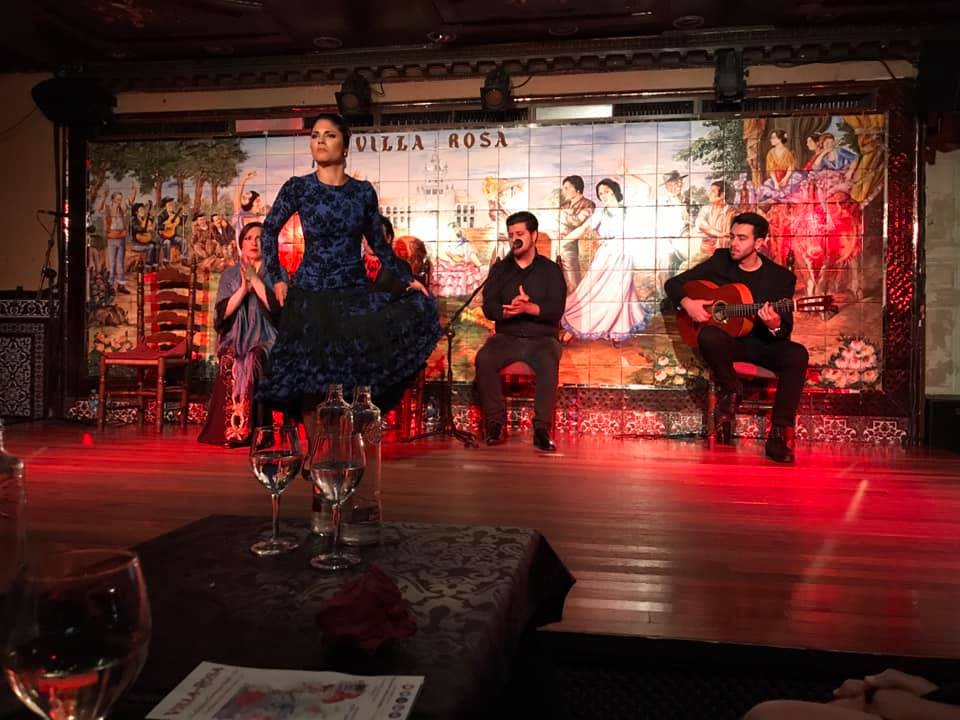
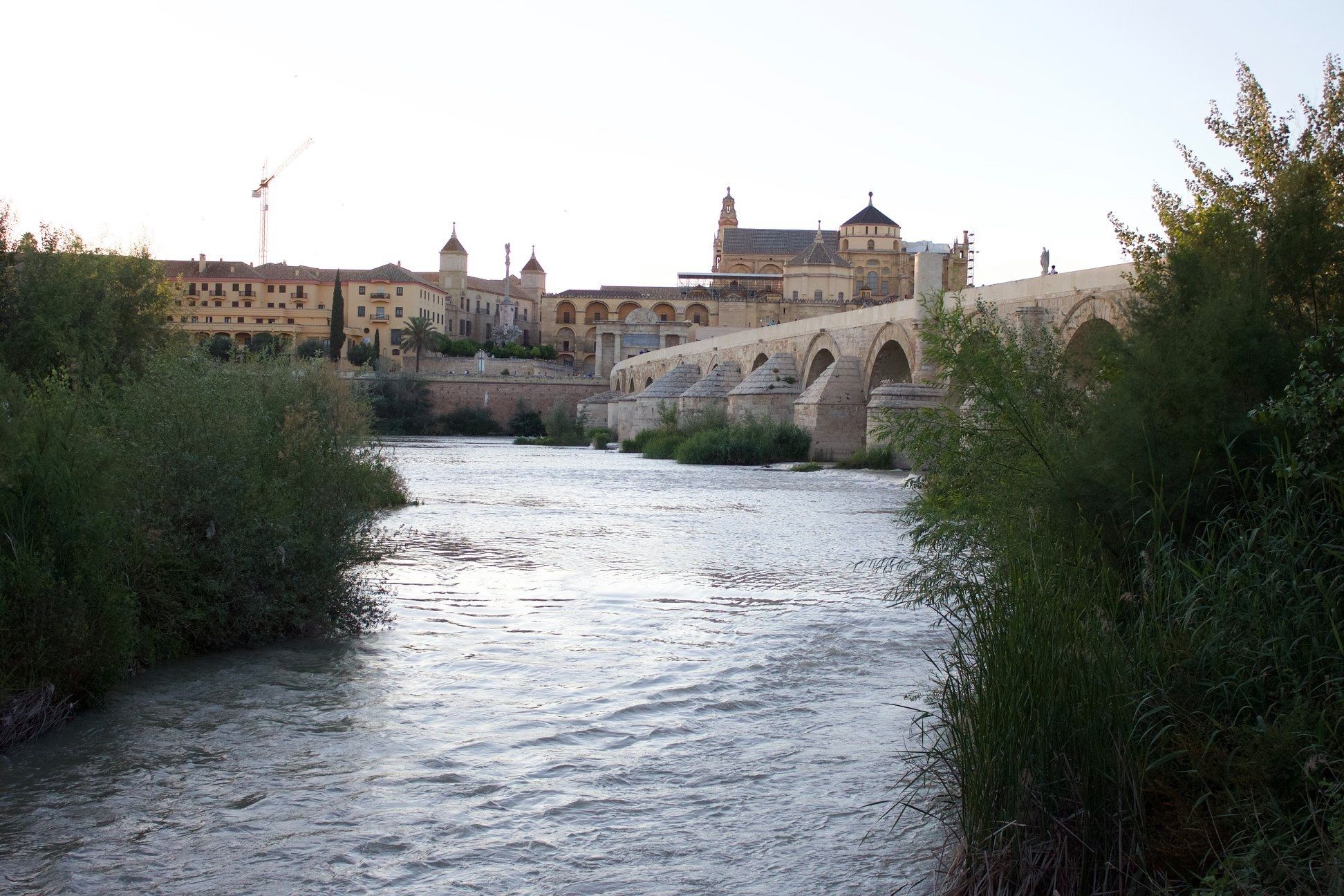
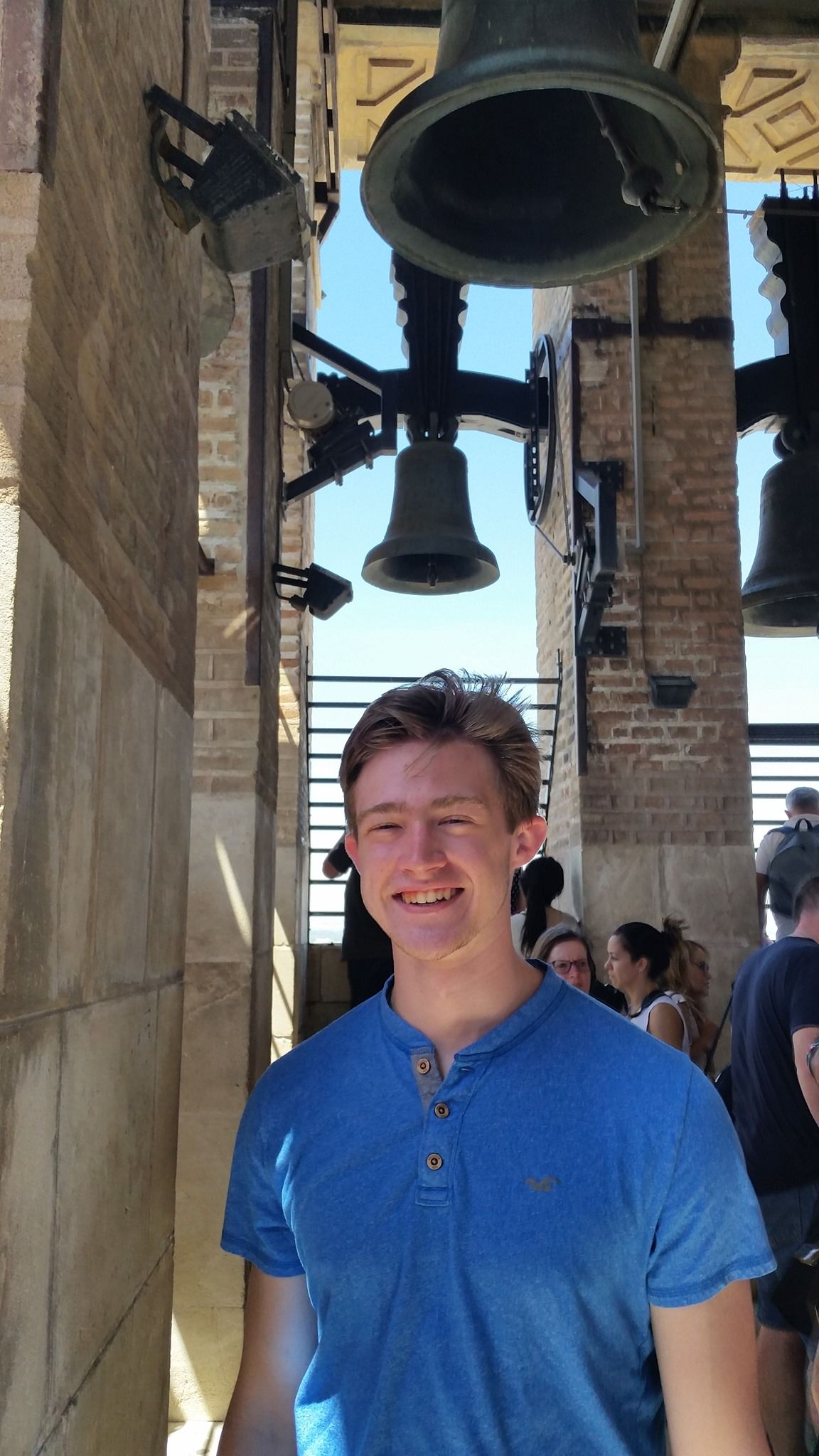
“This trip has helped me with my Spanish and only worked to reinforce more my desire to become a fluent Spanish speaker,” Kairys says. “It has also demonstrated to me my love to travel, and now I am already thinking about either where I would love to go next or potentially studying abroad in Spain.”

Oxford offers “La España de las tres culturas” as part of its Experiential Learning program, which focuses on global learning, applied arts, service learning, student research, and internships.
Oxford students can choose from several short-term, faculty-led study abroad or study away courses a year.
These classes expose Oxford students to travel earlier in their studies and prepare them to travel more extensively once they continue on to the Atlanta campus, explains Jill Adams, director of the program.
“We have traveled with many students who have never left the state of Georgia, never left the United States or whose first time out of their home country was to come to Oxford,” Adams says. “Our courses really pave the way for students to do advanced longer-term study abroad or global research in their later undergraduate career, and they can get so much more out of those experiences with these early foundations.”
Financial aid is available for students who need it.
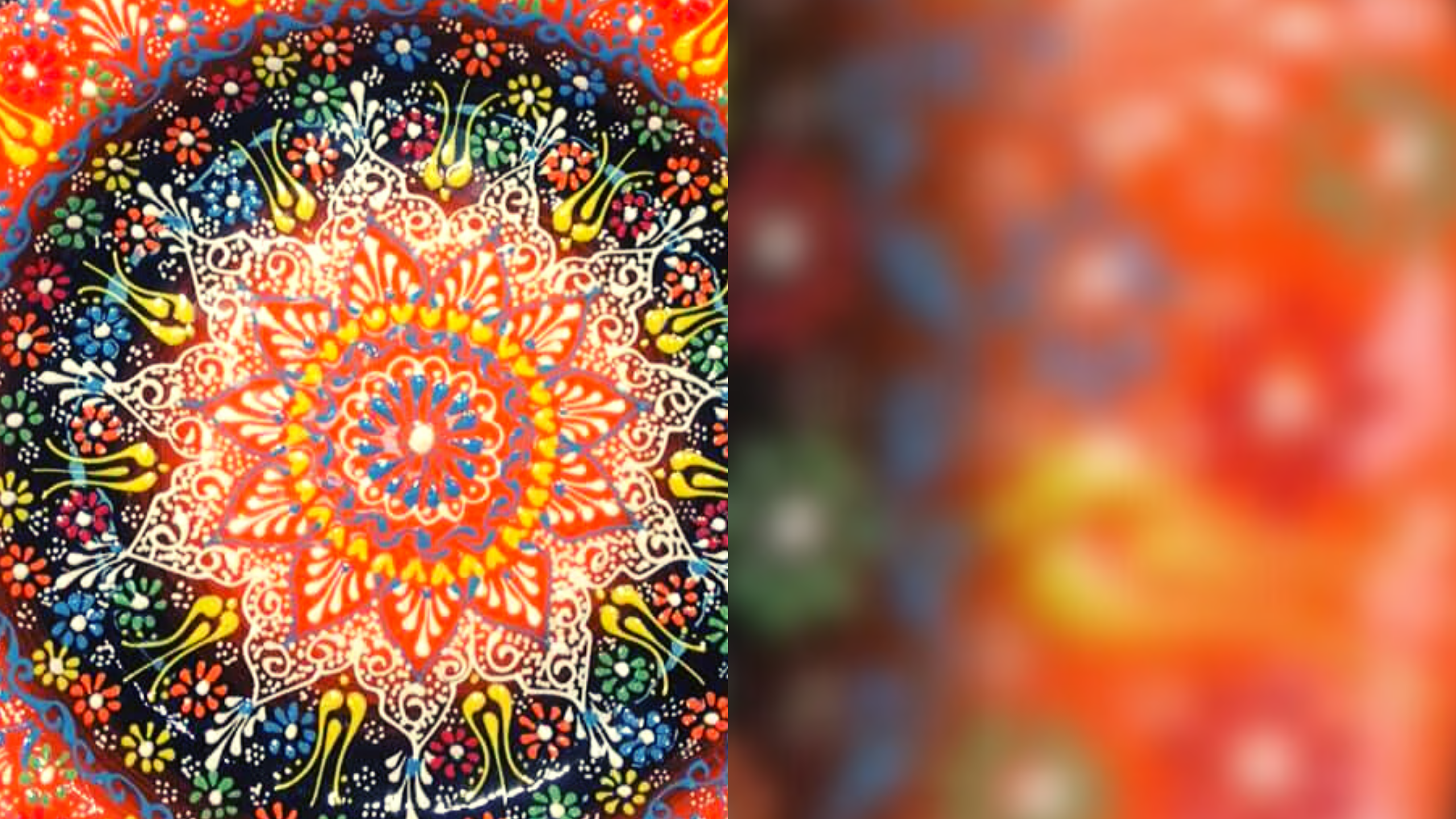
Spanish 300Q students were one of two groups studying in Spain this summer. The other class was Deric Shannon’s Sociology 255 course that got a closer look at “Global Political Economy and Sustainability.”
Students met up with each other for a meal and discussion during their separate trips.
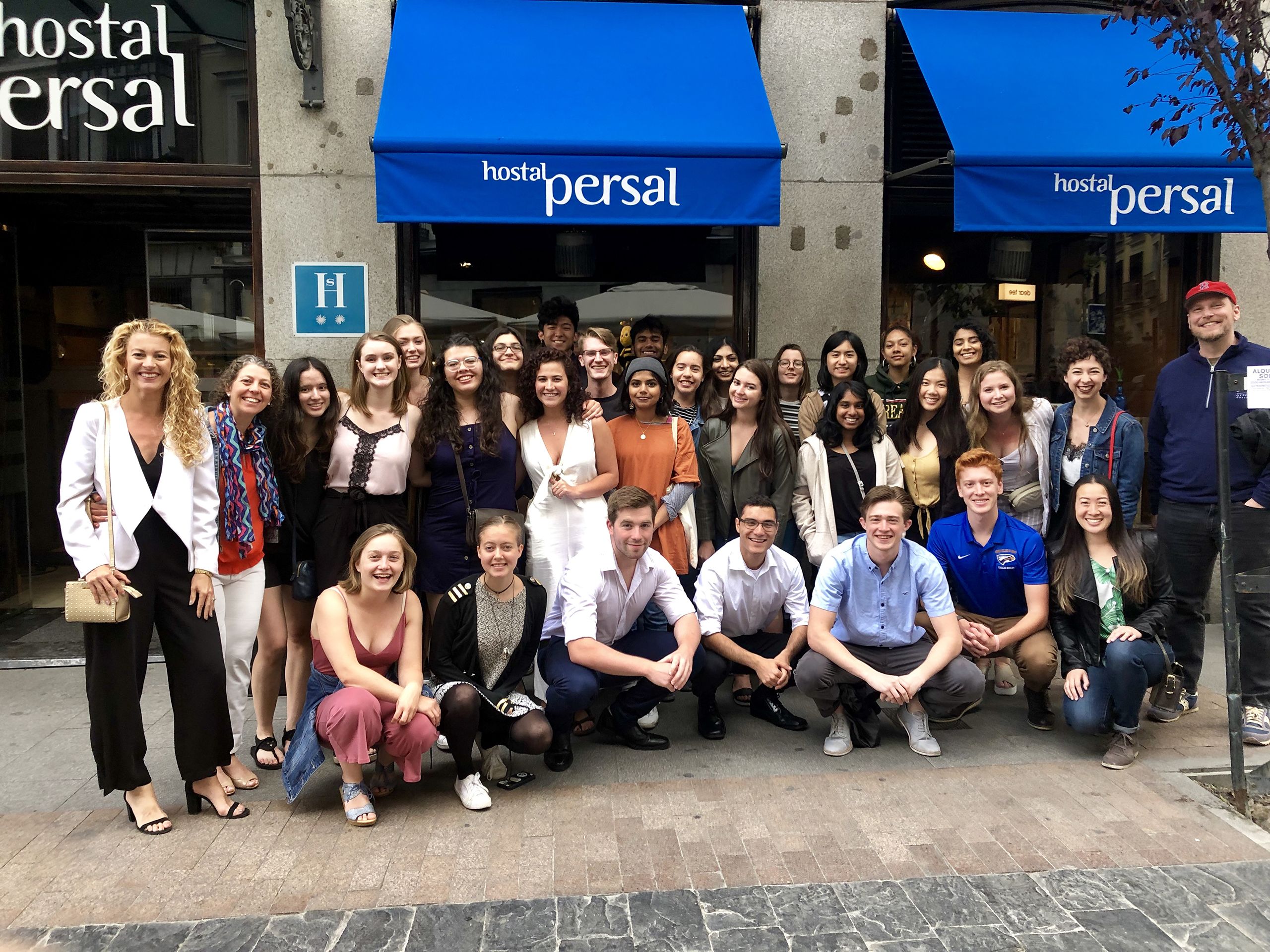
The two groups in Spain were just some of the several who traveled as part of various Oxford programs this summer. This year, students also traveled to Germany and Italy. As part of the program, students have traveled to places such as Cuba, Greece, and France. New programs are in development for the Bahamas, Missouri, and Morocco.
Oxford College of Emory University | Nov. 18, 2019
Written by Michelle Floyd
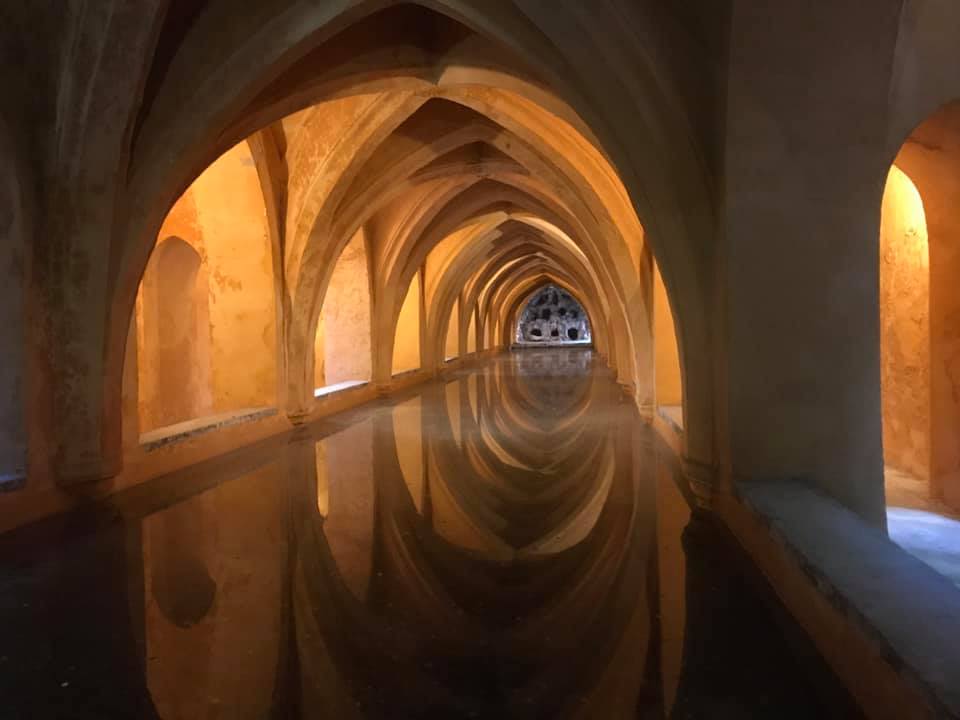
To learn more:
Please visit Oxford College Experiential Learning or contact Jill Adams.
Read more about the sociology course in Spain.
